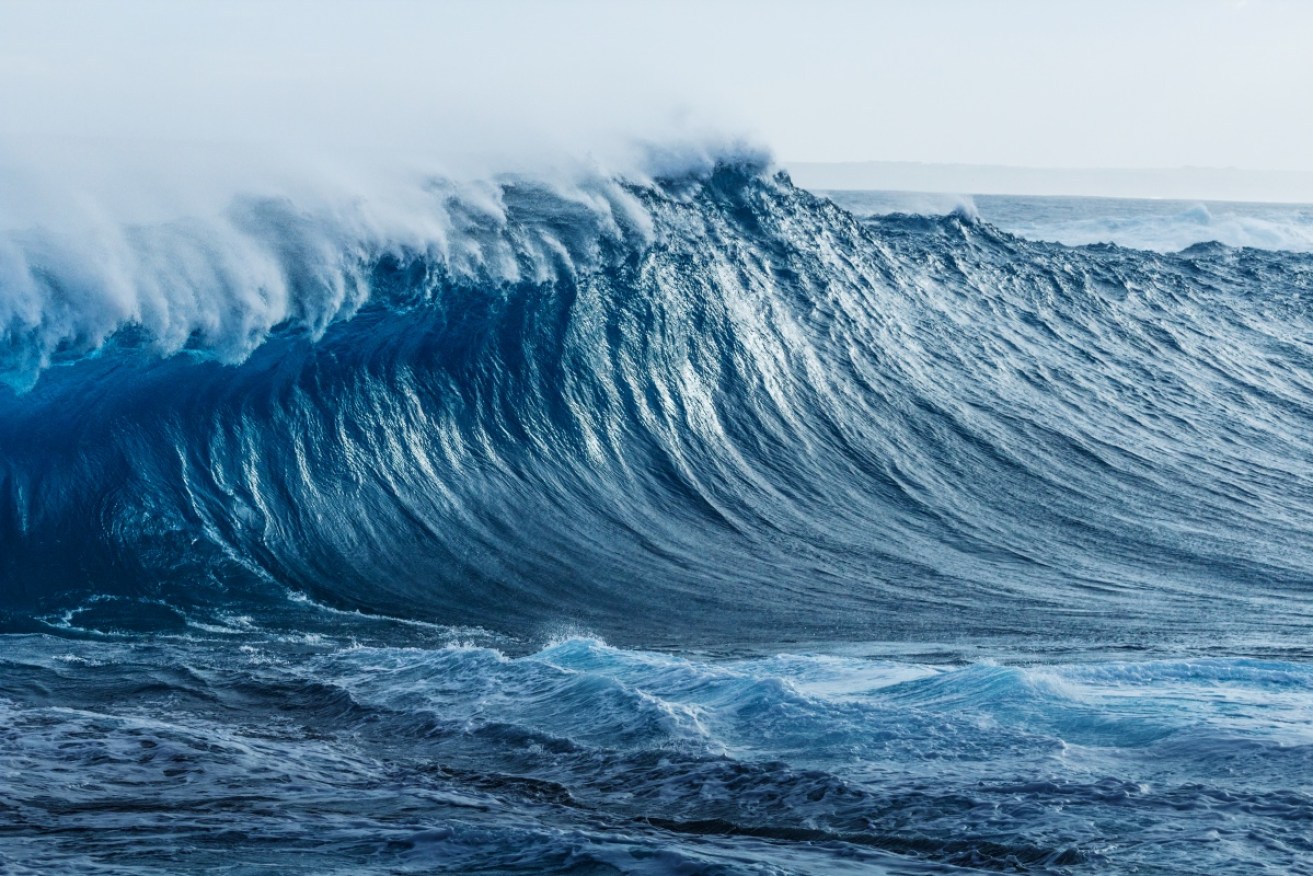Eight-storey wave is largest recorded in the Southern Hemisphere


The massive wave was probably dwarfed by others that recording equipment did not capture. Photo: Getty
An eight-storey wave that occurred during a storm in the Southern Ocean is thought to be the largest recorded in the Southern Hemisphere.
But the massive wave, recorded overnight on Tuesday, was probably dwarfed by others during the storm that generated it.
Dr Tom Durrant, a senior oceanographer with New Zealand’s MetOcean Solutions, said waves higher than 25 metres would have been possible during the storm. The solar-powered buoy that registered the wave only caught the first 20 minutes of each three hours, he said.
“It’s quite possible, even probable, that there were much higher waves during this storm,” Dr Durrant said.
The 23.8-metre wave – almost the height of an eight-storey building – was measured at a buoy at Campbell Island, 1300 kilometres south of New Zealand.
#BREAKING: #NewZealand's @MetOceanNZ measures largest wave ever recorded in Southern Hemisphere — Exclusive: https://t.co/dhViVfcmtB via @weatherwatchnz #storm
— WeatherWatch.co.nz (@WeatherWatchNZ) May 9, 2018
Dr Durrant said the previous record was a 19.4-metre wave captured a year ago. In 2012, an Australian buoy south of Tasmania registered a 22.03-metre wave.
“This is a very important storm to capture, and it will add greatly to our understanding of the wave physics under extreme conditions in the Southern Ocean,” he said.
“The Southern Ocean is a unique ocean basin, and is the least studied despite occupying 22 per cent of the global ocean area.”
He said persistent strong winds in the region created enormous potential for big waves. This made the Southern Ocean the engine room for generating waves that rippled across the planet.
“Indeed, surfers in California can expect energy from this storm to arrive at their shores in about a week’s time,” Dr Durrant said.

Graphic: Simon Rankin
The monster wave was the perfect example of waves generated by the easterly passage of a deep, low-pressure system with wind speeds of higher than 120km/h, he said.
“Such storms are frequent and can occur at any time of the year,” he said.
The Southern Ocean wave studies are a collaborative project with New Zealand’s Defence Force, the country’s Defence Technology Agency and Californian company Spoondrift.
As part of the program, MetOcean Solutions has deployed seven instruments to collect wave data, using one moored and six drifting buoys. They were put in place by crews on board a New Zealand naval ship.

Source: MetOcean Solutions
MetOcean Solutions general manager Peter McComb said the massive wave was exactly the kind of data the program was set up to collect.
“We know that the speed of these storms plays an important role in the resultant wave climate, and that has great relevance under both the existing and climate change scenarios,” he said.







